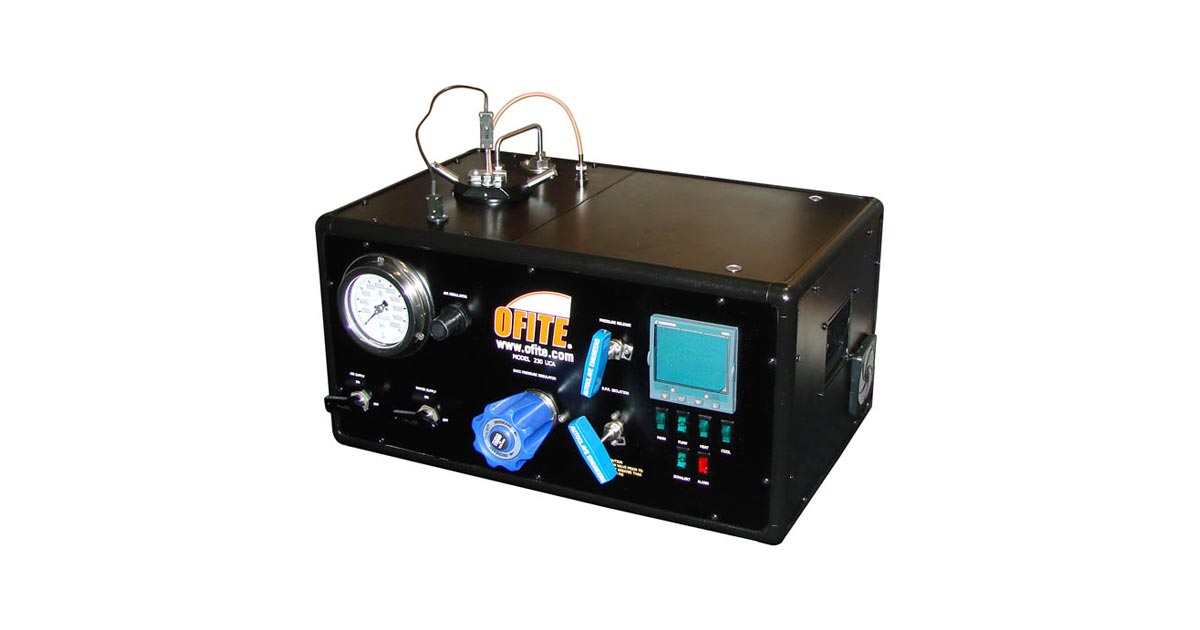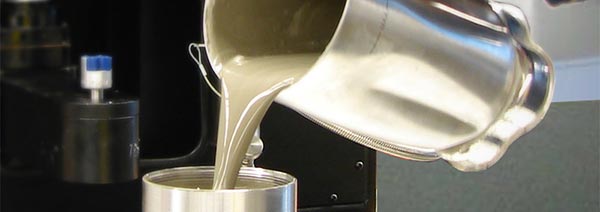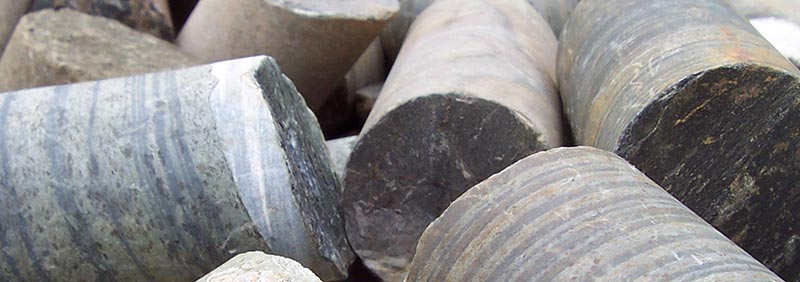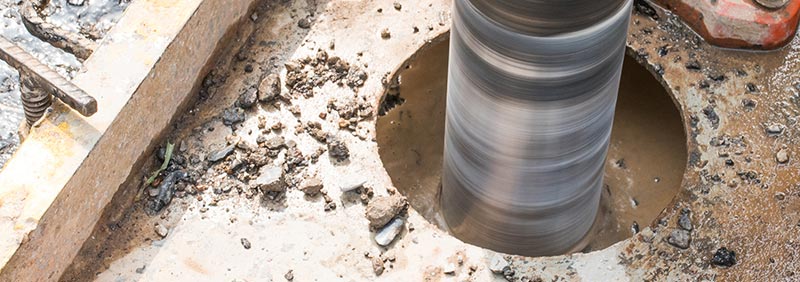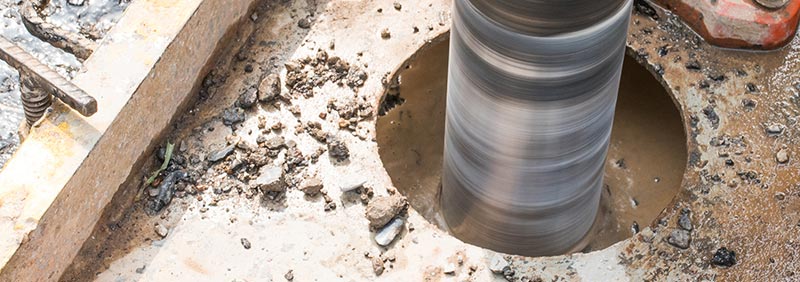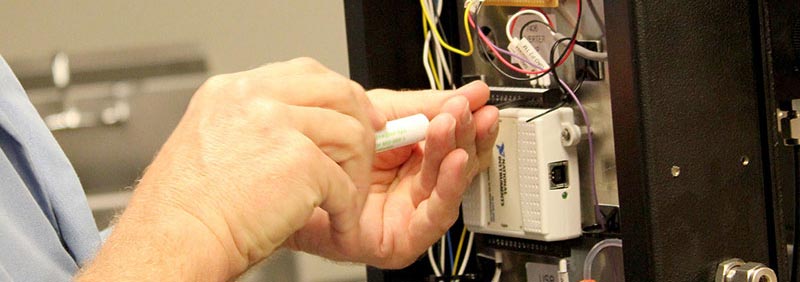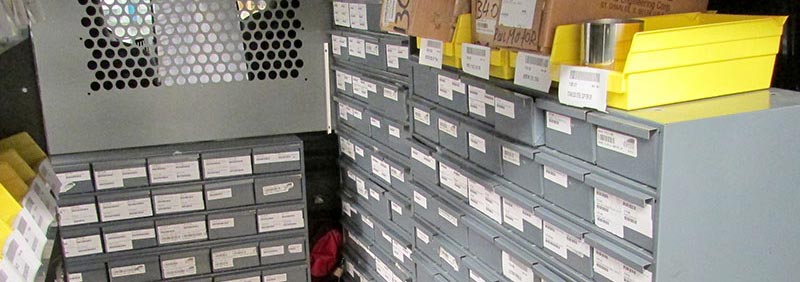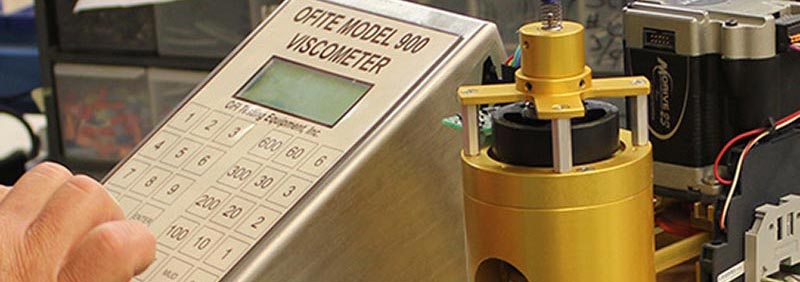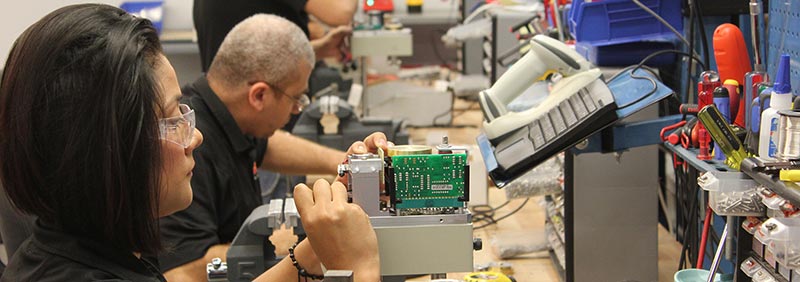Newsroom
Testing Compressive Strength with the Ultrasonic Cement Analyzer
Cement in an oil well needs to be able to resist the forces found in the formation in order to protect the steel casing around which it is placed. The cement sheath is also required to support the weight of the casing as well as resist perforation operations conducted by wireline operators in preparation for fracturing and stimulation activities. Cement needs to develop an adequate level of compressive strength in order to meet these requirements.
Cement compressive strength describes the ability of hardened cement to resist crush force. Laboratories have multiple options to measure the compressive strength development of a cement design. The most practical and efficient method to accurately calculate the compressive strength is to use an Ultrasonic Cement Analyzer (UCA). The UCA works by sending a continuous sound pulse into the cement slurry. As the cement hardens, the sound pulse travels faster through the cement matrix. The transit time is correlated to the compressive strength of the hardened cement.
The real-time compressive strength of the cement is charted over time. Laboratory personnel can determine exactly when the cement sheath can self-support the casing as well as when it can withstand perforation and stimulation activities. These benchmarks signal when operators are able to proceed with their operations thus saving valuable time and money.

